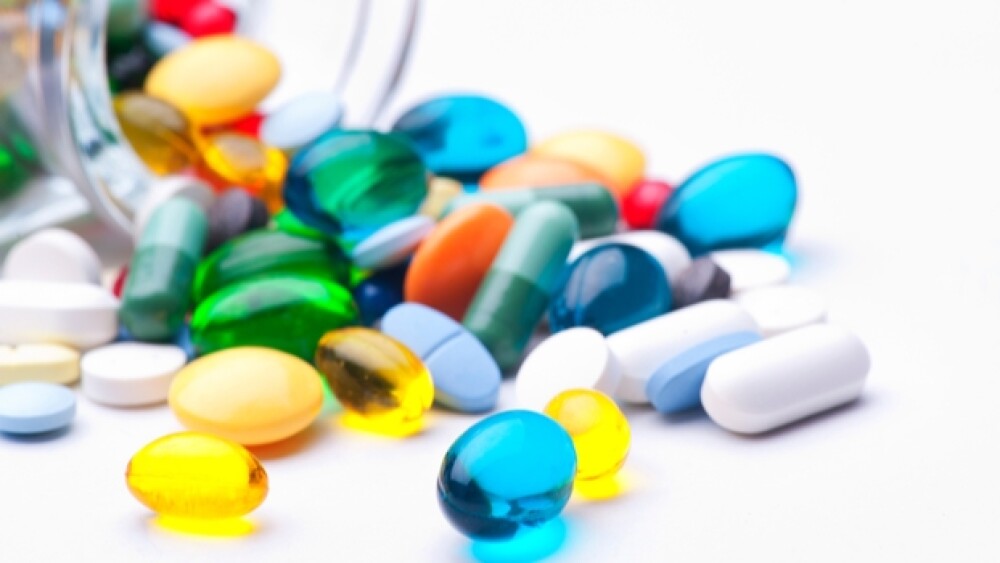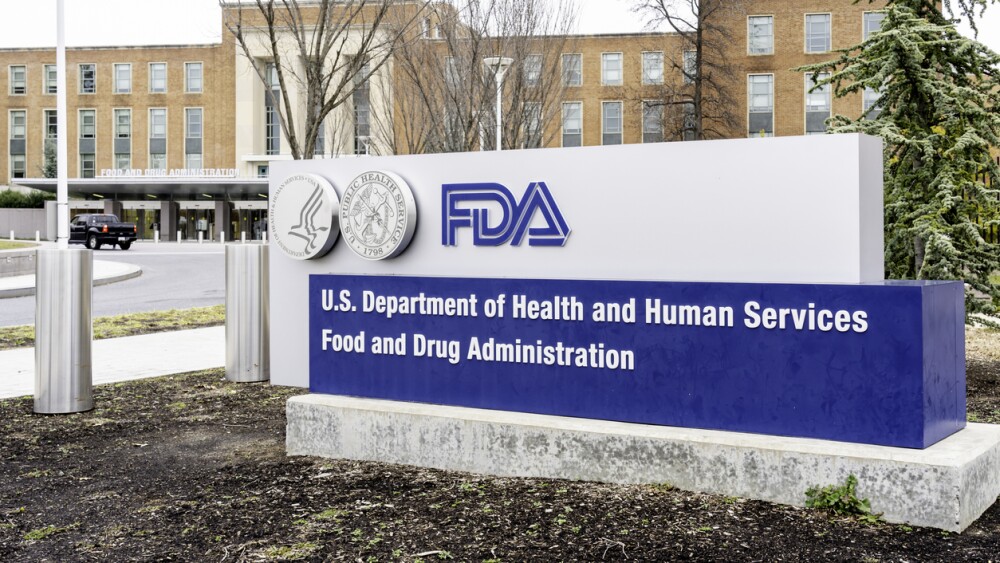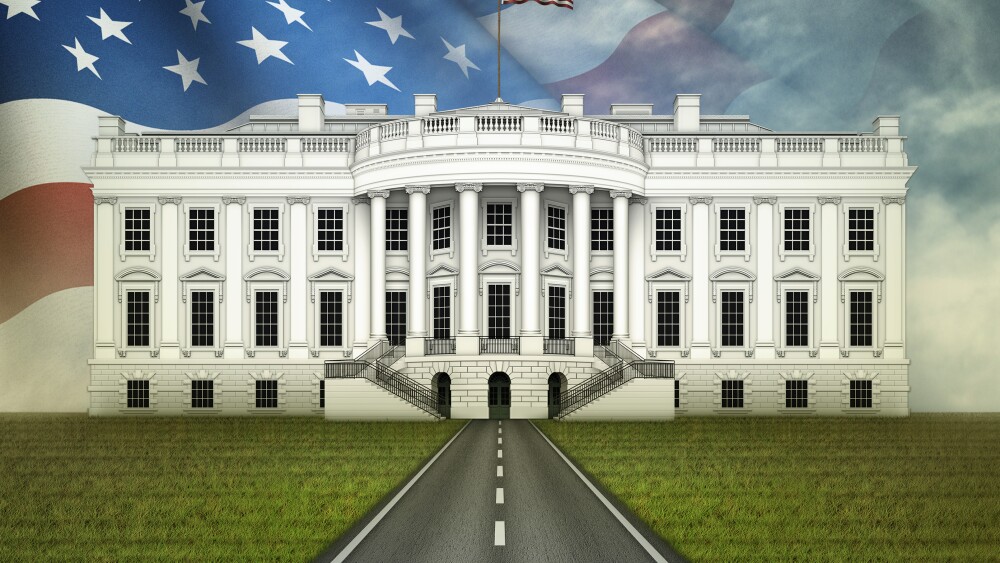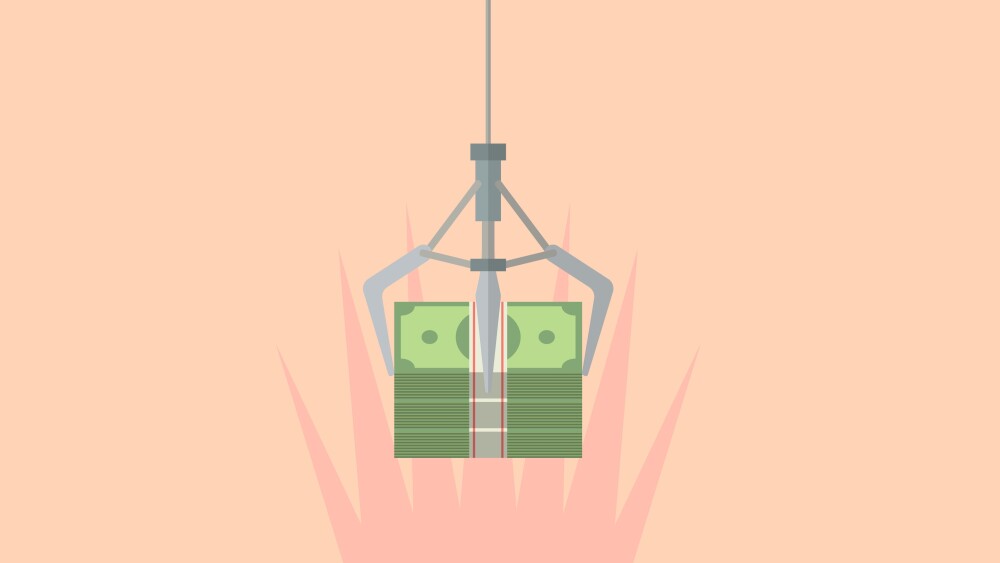Biosimilars have been slow to gain traction in the U.S. market. Some of this is intentional on the part of the drug industry, which has found a number of different approaches to stalling biosimilar competition.
Biosimilars are basically generic versions of biologic drugs. Unlike generics, which are copycats of branded drugs, biosimilars are “similar” to biologic drugs, rather than direct copycats. As a result, they have to undergo an approval process much like that of new drugs.
Biologic drugs are developed through biological processes, as opposed to small molecule drugs. Many of the newest—and most expensive—drugs on the market are biologics.
A new study conducted by the Pacific Research Institute (PRI) found that wider adoption of biosimilars in the U.S. would create significant savings to state Medicaid programs and consumers with commercial insurance.
“Every state would experience significant savings in the state Medicaid programs from expanding the use of biosimilars compared to the more expensive originator biologics,” said Wayne Winegarden, director of PRI’s Center for Medical Economics and Innovation and author of the new study. “The same benefits will also accrue to patients covered in the commercial market.”
Biosimilars have been slow to gain traction in the U.S. market. Some of this is intentional on the part of the drug industry, which has found a number of different approaches to stalling biosimilar competition. One of those schemes is cutting deals with biosimilar manufacturers to delay launch. Another is extensive patent lawsuits.
In mid-2018, then-FDA Commissioner Scott Gottlieb unloaded on big pharma and initiated a program to push biosimilars onto the U.S. market, which lags behind Europe. At the time, he noted that while less than 2% of Americans use biologics, they account for 40% of total spending prescription drugs. They also represented 70% of the growth in drug spending from 2010 to 2015 and are expected to be the fastest growing segment of drug spending.
The FDA’s Biosimilars Action Plan was designed to “make the process of developing biosimilars more efficient,” Gottlieb said in his speech.
At the time, Gottlieb said that biosimilar competition in the U.S. was anemic, “because consolidation across the supply chain has made it more attractive for manufacturers, Pharmacy Benefit Managers, Group Purchasing Organizations and distributors to split monopoly profits through lucrative volume-based rebates on reference biologics—or on bundles of biologics and other products—rather than embrace biosimilar competition and lower prices.”
The Biosimilars Action Plan attempts to balance innovation and competition. It involves 11 key actions:
- Develop and implement new FDA review tools.
- Create information resources and development tools for sponsors.
- Enhance the Purple Book to include more data about approved biological products.
- Explore the possibility of data sharing agreements with foreign regulators.
- Establish a new Office of Therapeutic Biologics and Biosimilars (OTBB).
- Expand on the agency’s Biosimilar Education and Outreach Campaign.
- Publish final or revised draft guidance on biosimilar product labeling.
- Provide more or extra clarity for developers on demonstrating interchangeability.
- Provide additional clarity and flexibility on analytical approaches to evaluating product structure and function.
- Give more support over product quality and manufacturing processes.
- Engage in a public dialogue through a Part 15 hearing and opening a docket to request additional information from the public.
Gottlieb wrapped up, saying, “There’s active work under way on bold reforms, like shifting biologics from Medicare’s Part B scheme into a competitively bid system like Part D, where we can take full advantage of price and therapeutic competition. These types of approaches can delink physician reimbursement from drug prices and inject more competition into the market, while increasing the incentives to create the next great innovation that’s going to advance human health.”
The new study indicated that biosimilars currently save the U.S. healthcare system more than $240.4 million. Of those savings, $47.5 million, or 19.8%, are by state Medicaid programs while $136.8 million (56.9%) are by the commercial insurance market. The primary findings of the study focus on state-by-state benefits, as compared to a more national overview.
In Europe, biosimilars have a greater than 75% market share, while in the U.S. it is dramatically lower. The study suggests that if the U.S. could hit that 75% mark, the annual savings would be almost $7 billion.
At this point, there are only nine biosimilars drug classes approved in the U.S.
“Biosimilars promote greater affordability for cutting edge treatments for cancer, arthritis, and autoimmune diseases,” Winegarden noted. “On average, each state’s Medicaid program can save tens of millions of dollars, and the potential savings for the commercial market are even greater.”





